A very rare group of 29 'tenmoku' tea bowls, Southern Song dynasty and later
Lot 2507. Property from The Daikomyo-ji. A very rare group of 29 'tenmoku' tea bowls, Southern Song dynasty (1127-1279) and later; 11.8 to 13.5 cm; three bowls inscribed with gongyu (‘for imperial use’), four bowls inscribed with jinzhan (‘bowl for presentation’), and one bowl with a single-character inscription reading shi, Japanese wood box. Lot Sold 1,206,500 HKD (Estimate 1,200,000 - 1,500,000 HKD). © Sotheby's 2023
Provenance: Passed down in Japan since medieval times, and thereafter in the collection of the Daikomyo-ji temple.
Note: All 29 tenmoku bowls from this group have been used by Buddhist monks for ritual tea drinking and passed down from hand to hand for centuries in the Daikomyo-ji temple. The tradition of densei ('passing down') in Japan refers to the passing down of cherished objects from one generation to the next within a lineage, which further elevates each object over time.
The universal referral of Jian black-glazed tea bowls as tenmoku is a lasting testimony of Japanese collectors’ and tea masters’ appreciation of black-glazed tea bowls from Fujian since the travelling Buddhist monks began bringing them back to Japan from China in the 12th - 13th centuries. The current 29 bowls, having been ritually used and passed down for centuries, are tangible testimonies to this remarkable reverence, as well as the genesis of the connoisseurship of Song dynasty black-glazed bowls produced at the Jianyang kilns in Fujian.
Tea bowls from the Jianyang kilns were supplied annually as tribute to the court, and some were inscribed on the base with inscriptions reading gongyu (‘for imperial use’) or jinzhan (‘bowl for presentation’), as seen on seven bowls in the current group. As these would have been inscribed before the firing, such bowls would have been planned for presentation to the court before the unpredictable outcome of the glaze even became apparent.
Celebrated for their unique suitability for tea drinking as the fine foam of the whisked powdered tea contrasted attractively against the dark glaze, tenmoku bowls were especially appropriate for use in Buddhist temples. See a group set of tenmoku bowls in the Ryoko-in, a sub-temple of Daitokuji Temple in Kyoto, in which one of three extant Youhen tenmoku bowls is preserved, illustrated in Chugoku no toji: Tenmoku, Tokyo, 1999, p. 85, fig. 1.
The current group of bowls are preserved in a Japanese wood box bearing the inscription of Shinge-in Temple, which dates back to the 16th century and was later integrated into the present-day Daikomyo-ji Temple.
Sotheby's. Karamono: Heirlooms of Chinese Art from Medieval Japan, Hong Kong, 9 October 2023

/https%3A%2F%2Fprofilepics.canalblog.com%2Fprofilepics%2F1%2F0%2F100183.jpg)
/https%3A%2F%2Fstorage.canalblog.com%2F03%2F02%2F119589%2F96711876_o.jpg)
/https%3A%2F%2Fstorage.canalblog.com%2F11%2F31%2F119589%2F94773502_o.jpg)
/https%3A%2F%2Fstorage.canalblog.com%2F20%2F83%2F119589%2F94772815_o.jpg)
/https%3A%2F%2Fstorage.canalblog.com%2F26%2F72%2F119589%2F75604929_o.jpg)
/https%3A%2F%2Fstorage.canalblog.com%2F59%2F60%2F119589%2F26458628_o.jpg)

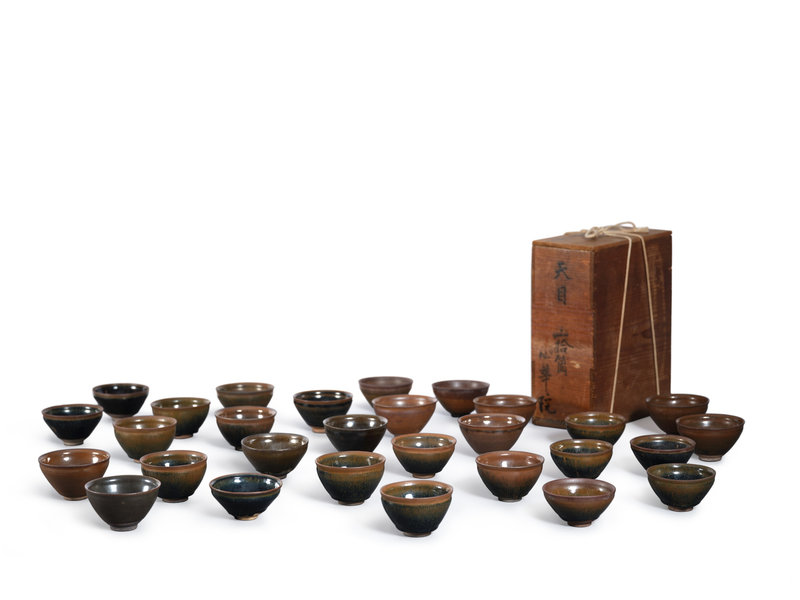

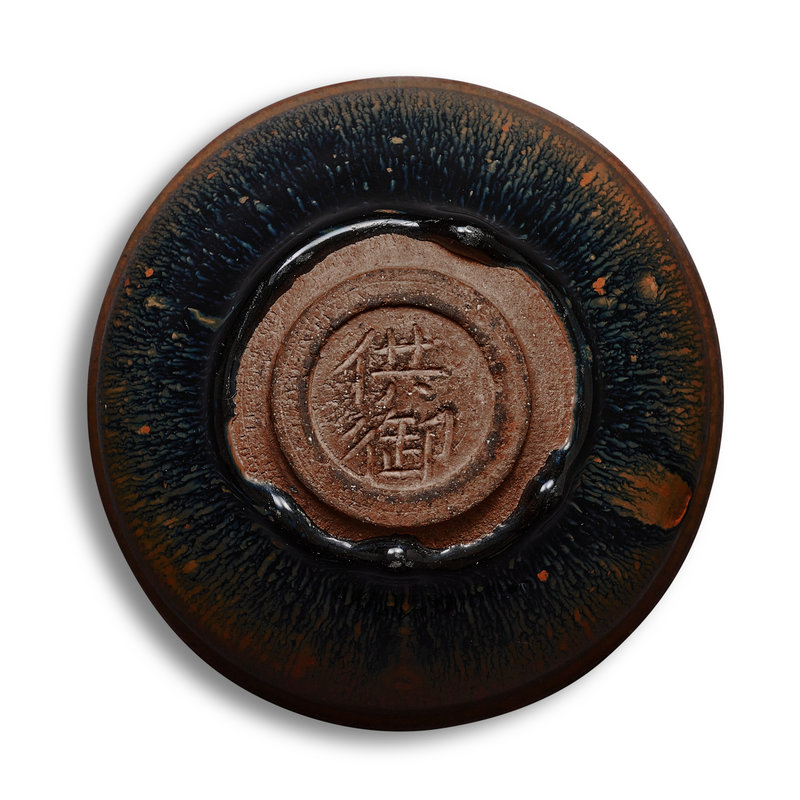
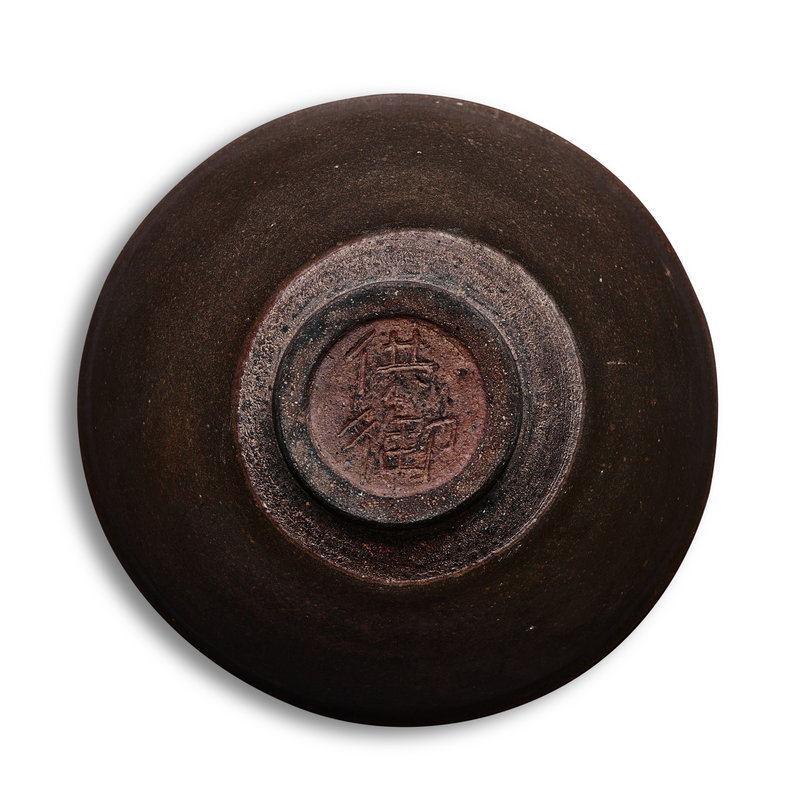
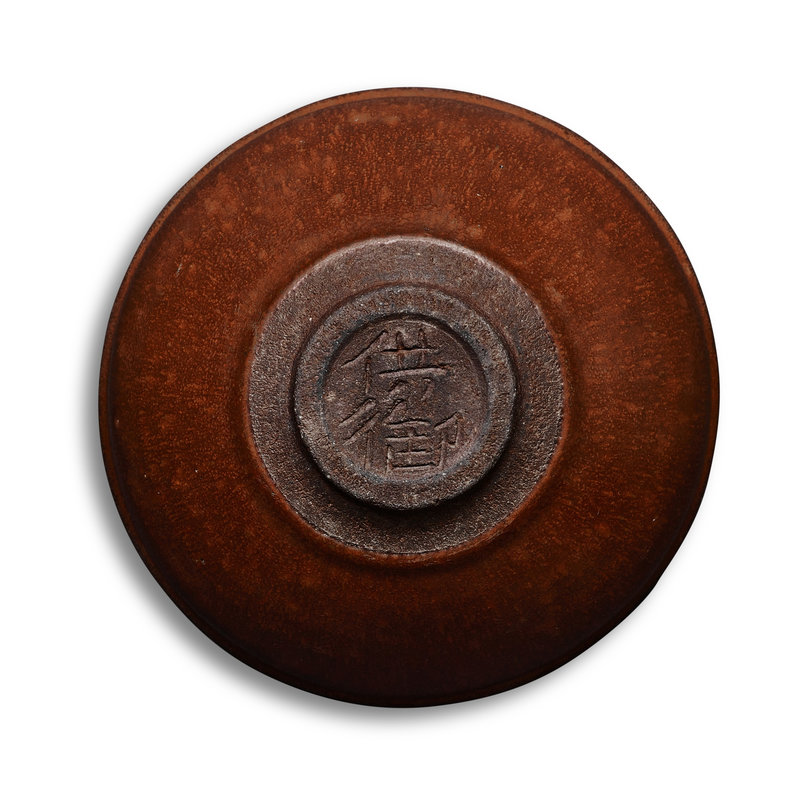
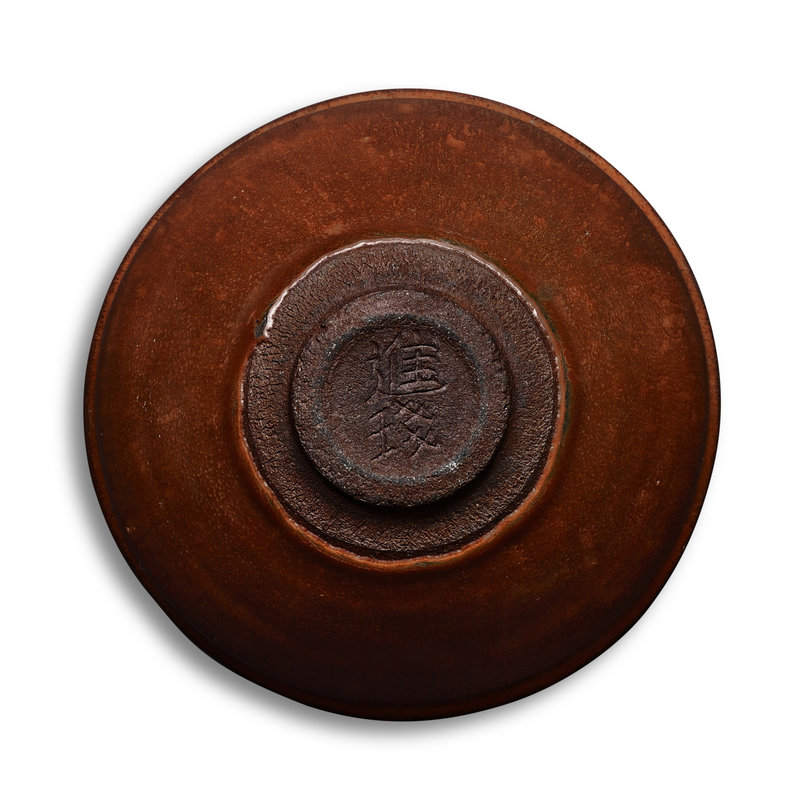
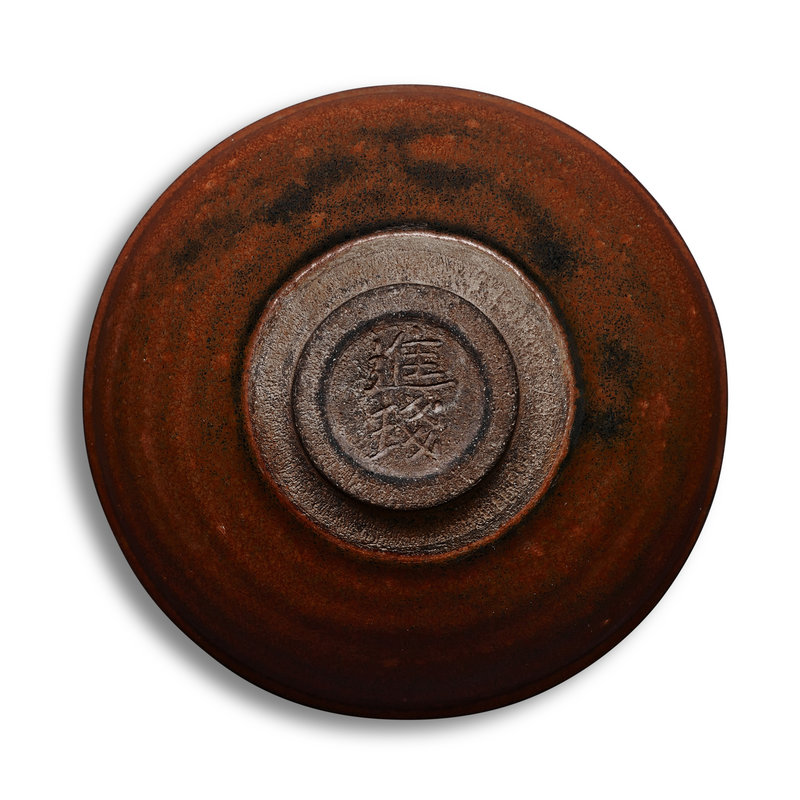
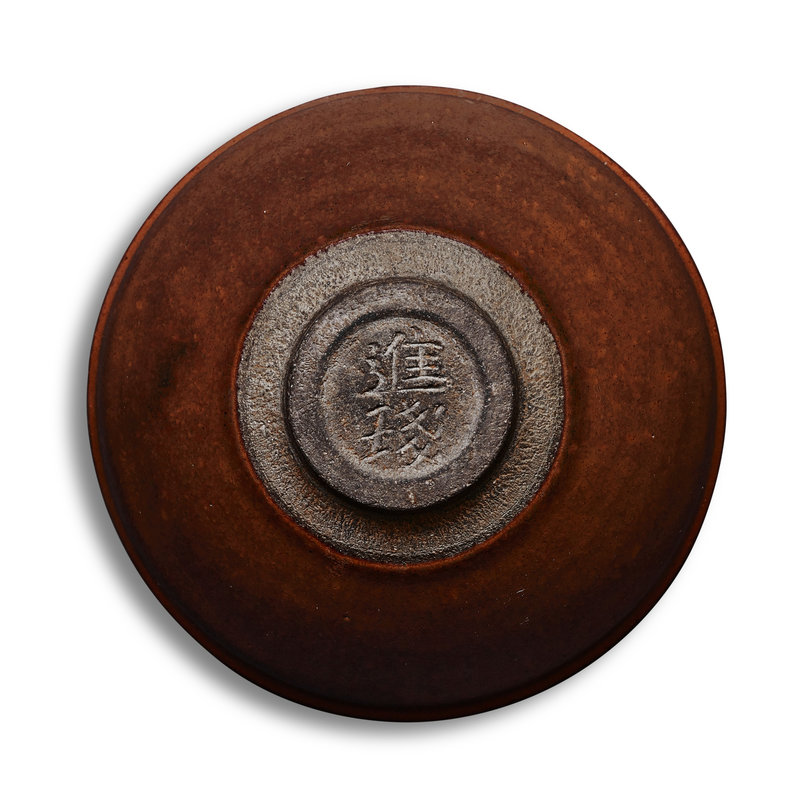
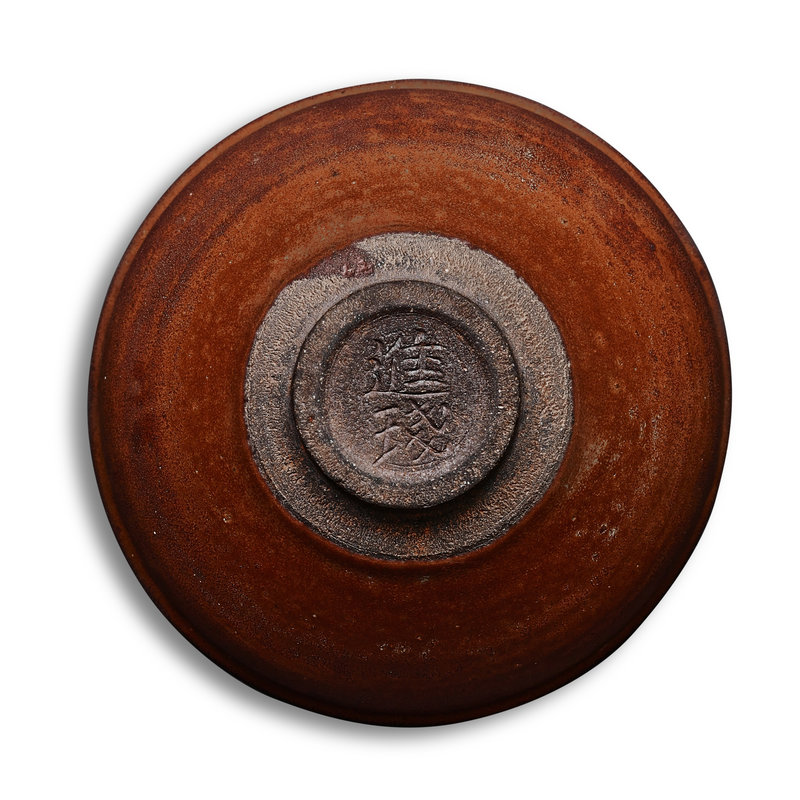
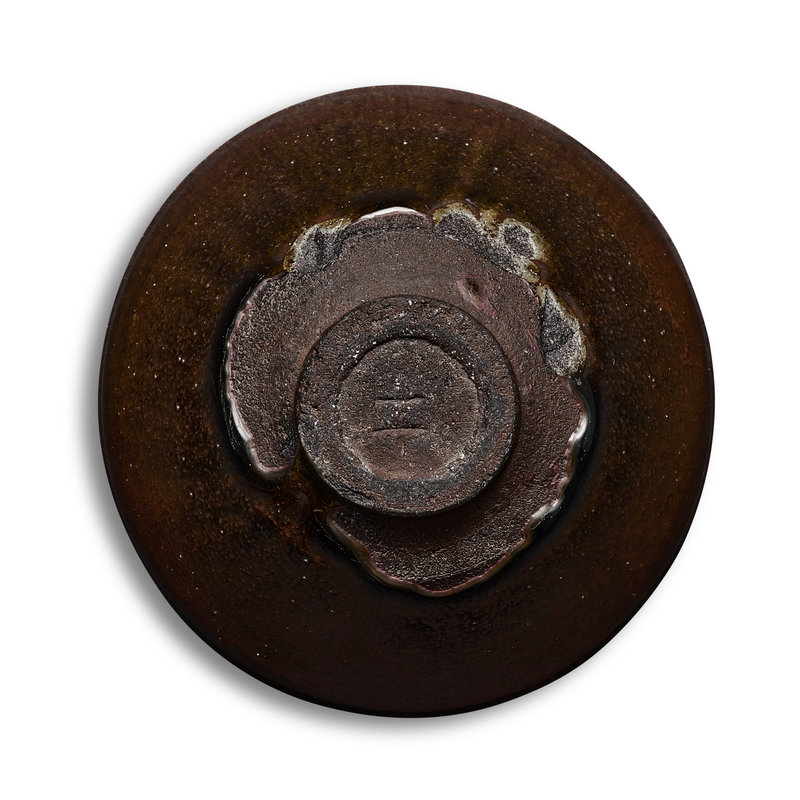


/image%2F1371349%2F20240416%2Fob_3b1c51_telechargement.jpg)
/image%2F1371349%2F20240412%2Fob_e3109f_2024-nyr-22642-0929-000-a-carved-qingb.jpg)
/image%2F1371349%2F20240410%2Fob_77912a_2024-nyr-22642-0912-000-a-superb-and-v.jpg)
/image%2F1371349%2F20240410%2Fob_7020dd_2024-nyr-22642-0909-000-a-jian-hares-f.jpg)